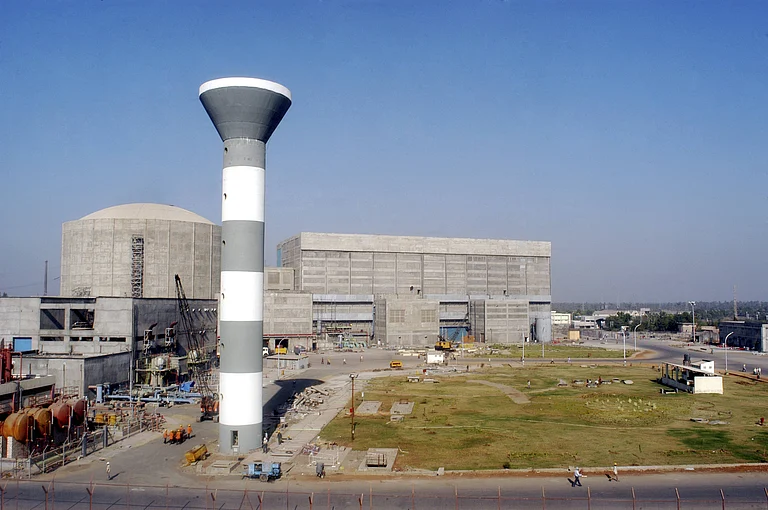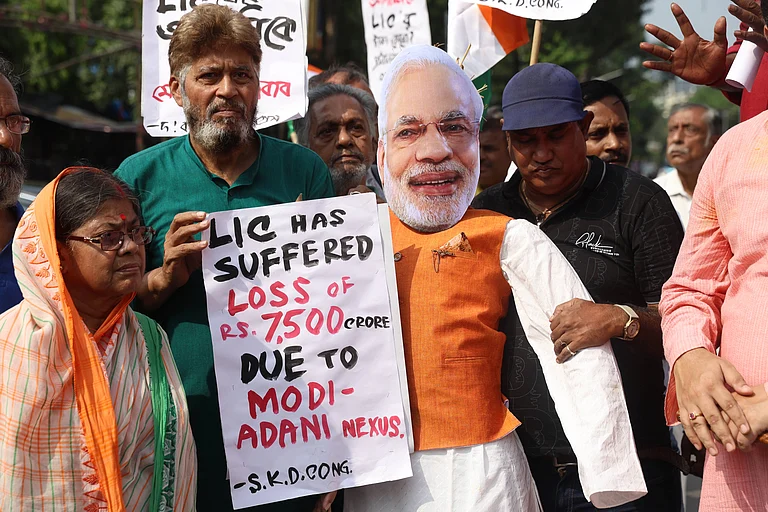Monkeypox or Mpox is a viral disease that is closely related to the smallpox virus, though it is less severe. It is a Zoonotic disease, meaning it passes from animals or insects to human beings. It can be a short-term disease or can be fatal, if ignored, leading to death. About this disease, initially, it was identified in monkeys in 1958 whereas the first human cases were identified in 1970 in what was then Zaire, now the Democratic Republic of Congo. For many years it was limited to Central and West African countries but recently the outbreak has been observed worldwide causing concern in public health.
Origin and Transmission of Monkeypox
The virus primarily spreads through close contact with infected animals, such as rodents or primates, and in rare cases, through human-to-human transmission. Transmission can occur through:
Direct contact with bodily fluids, skin lesions, or contaminated surfaces.
Respiratory droplets during prolonged face-to-face contact.
Consuming meat from an infected animal that hasn't been cooked properly.
The incubation period for monkeypox is around 7-14 days, and symptoms include fever, muscle aches, swollen lymph nodes, and characteristic skin rashes or lesions.
Monkeypox Cases in India: An Overview
India reported its first case of monkeypox in July 2022, when a 35-year-old man from Kerala tested positive after returning from the UAE to the state capital Thiruvananthapuram. Since then, sporadic cases have been reported across the country. Most of these cases have been linked to international travel, with infected individuals bringing the virus into the country.
However, a significant case surfaced in Haryana, where a 26-year-old man tested positive, which has again raised awareness of the monkeypox virus in India. This case was the first case confirmed in the state and raised speculation about local transmission; the authorities kept the situation under observation. Still, to the extent that India has been able to limit the virus from spreading and that is why people are advised to remain cautious because of the mobility nature of people and the means through which the virus spreads.
Recent Cases in India
The most recent confirmed case of monkeypox in India involved a 26-year-old man from Haryana in August 2024. This case reignited public health concerns as it indicated the possibility of new transmissions within the country. The Ministry of Health and local governments quickly responded with containment measures, contact tracing, and the isolation of individuals who came in close contact with the infected person.
The patient was admitted to Delhi's Lok Nayak Hospital on Saturday and the doctors declared it as mpox on Monday. According to the Union Ministry of Health and Family Welfare, it clarified that it was a rare incident and there is no such threat to the large public.
“The individual, a young male who recently traveled from a country experiencing ongoing Mpox transmission, is currently isolated at a designated tertiary care isolation facility. The patient remains clinically stable and is without any systemic illness or comorbidities. The case aligns with earlier risk assessments and continues to be managed according to established protocols. Public health measures, including contact tracing and monitoring, are actively in place to ensure the situation is contained. There is no indication of any widespread risk to the public at this time,” the health ministry said in a statement on Monday.
Health officials are working to spread awareness of monkeypox symptoms, urging people to come forward for testing if they experience any signs of the virus, particularly those who have traveled to areas where the virus is more prevalent.
WHO Advisory on Monkeypox
The World Health Organization (WHO) has issued several advisories regarding monkeypox since its global spread began in 2022. It declared monkeypox a Public Health Emergency of International Concern (PHEIC) in July 2022, emphasizing the need for global coordination and response.
WHO Director-General Dr Tedros Adhanom Ghebreyesus has declared mpox a public health emergency of international concern (PHEIC) twice, the first time in May 2022 and the second time in August 2024. Recently, on August 14, the World Health Organisation (WHO) declared mpox a Public Health Emergency of International Concern (PHEIC) for the second time in the past two years.
WHO recommends:
Vaccination - Smallpox vaccines are shown to offer protection against monkeypox, though they are not widely available to the public. WHO advises vaccinating high-risk groups, such as healthcare workers and those in close contact with infected individuals.
Surveillance - WHO urges countries to improve their surveillance and testing capacities to detect and manage monkeypox cases effectively.
Public Awareness - It's critical to educate the public on how monkeypox spreads and encourage practices that prevent transmission, such as personal hygiene, avoiding close contact with infected persons, and reporting suspected cases early.
Protective Equipments - Health workers should follow infection prevention and control measures to protect themselves while caring for patients with mpox by wearing appropriate personal protective equipment (PPE) (i.e. gloves, gown, eye protection, and respirator) and adhering to the protocol for safely swabbing lesions for diagnostic testing and handling sharp objects such as needles.
Ministry of Health, Government of India's Guidelines
The Indian government has laid out specific guidelines to manage and contain monkeypox outbreaks
Early Detection and Reporting - Healthcare professionals are encouraged to report suspected cases as soon as possible to the appropriate healthcare authorities. Pilot testing has been done in some laboratories across the country mainly in regional sites like the National Institute of Virology (NIV) in Pune.
Quarantine Measures - Individuals showing symptoms are advised to self-isolate, and those who test positive are required to undergo mandatory isolation in healthcare facilities.
Contact Tracing: The ministry has emphasized strict contact tracing of all individuals who may have been in proximity to confirmed cases.
International Travel Protocols - Travelers from regions with active monkeypox outbreaks are being screened at airports, and there is an emphasis on educating passengers about symptoms and preventive measures.
Public Health Campaigns - Awareness campaigns about monkeypox, its symptoms, and preventive actions have been rolled out to educate the masses and reduce panic.
What is the treatment for Mpox?
Treatment for mpox focuses on symptom relief, including managing skin damage, staying hydrated, and pain control. People with mpox should isolate at home until rashes and scabs heal. Although there’s no specific approved treatment, antiviral drugs like tecovirimat (TPOXX) or brincidofovir (Tembexa), originally used for smallpox, may be prescribed. For individuals who may not respond to the vaccine, vaccinia immune globulin, containing antibodies from vaccinated individuals, can be offered by healthcare providers.
Monkeypox, while being less fatal than smallpox, is still a threat to global public health given the rate of transmission and the possibility of new epidemics in non-endemic areas. India like all the other countries is also being aggressive with patient tracking, isolation, and guidelines in place to curb further spread and future incidents. Community education and compliance with stigmatization measures will play a significant role in containing monkeypox. The animal-borne disease of monkeypox may be containable with serious scrutiny worldwide and cooperation from different countries.



























